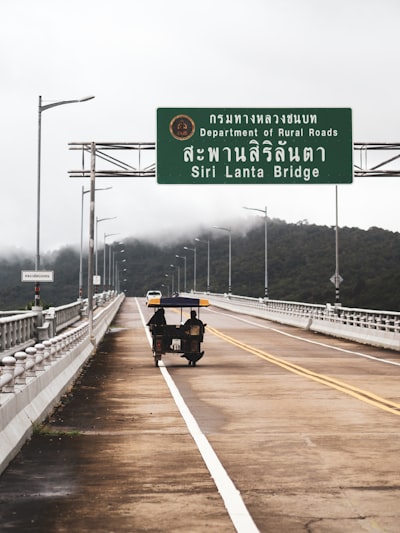Thailand’s decision to close its land borders with Cambodia is more than a reaction to a territorial dispute—it’s a stark reminder of unresolved complexities in Southeast Asia’s geopolitical landscape. This act, triggered by escalating tensions over ill-defined frontiers, reveals the fragility of regional cooperation and the immediate impact such moves have on local economies, migrant workers, and cross-border communities.
The Controversy in Context
The Thailand-Cambodia border, roughly 800 kilometers long, has long been a site of friction, most notably near the prized Preah Vihear temple. This most recent closure halts the daily movement of thousands, disrupting livelihoods and fueling nationalist sentiment on both sides.
Who is Impacted?
- Local Trade: Small businesses and farmers—many of whom depend on legal (and sometimes informal) border crossings—face economic hardship as supply chains abruptly collapse.
- Migrant Workers: Many Cambodians employed in Thailand can no longer commute, risking both income and legal status.
- Political Leadership: The closure serves as a political tool, applying pressure while rallying domestic support, yet at the risk of diplomatic fallout.
| Perspective | Key Pros | Key Cons |
|---|---|---|
| Thailand | Security, border assertion | Trade loss, local hardship |
| Cambodia | Rallying national unity | Economic harm, reduced mobility |
| Local Communities | Potential for increased safety | Economic devastation, family disruption |
Historical and Regional Trends
The border dispute reflects a legacy of colonial-era demarcation, compounded by rising nationalism and resource competition. In an ASEAN era that prizes open borders and economic interdependence, these flashpoints threaten hard-earned regional stability. Notably, similar disputes have flared elsewhere in the region—in the South China Sea, or along the Myanmar-India border—highlighting a pattern where sovereignty trumps economic logic.
Why This Matters Globally
Beyond local hardship, such disputes test frameworks like ASEAN’s consensus model, exposing the limits of regional diplomacy. It asks uncomfortable questions: can economic integration withstand old grievances? Will immediate security concerns always overpower aspirations for unity?
The border’s closure is a warning flare—not just of bilateral tension, but of the delicate, sometimes contradictory, dance between national interest and regional collaboration.
This article was inspired by the headline: 'Thailand closes land crossings during border dispute with Cambodia - BBC'.

Comments
No comments yet. Be the first to comment!